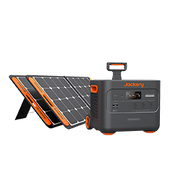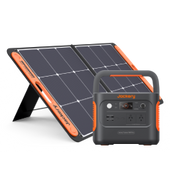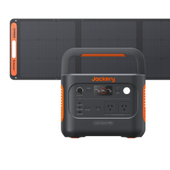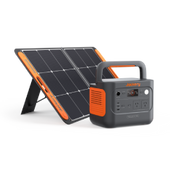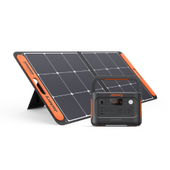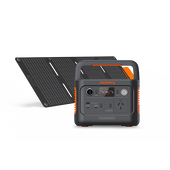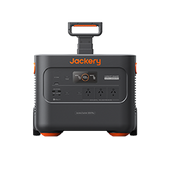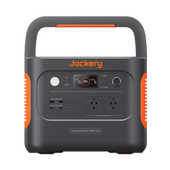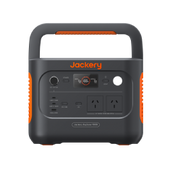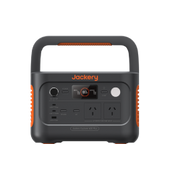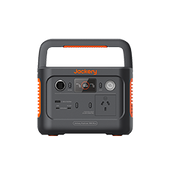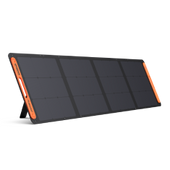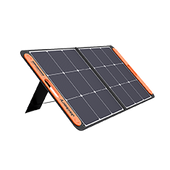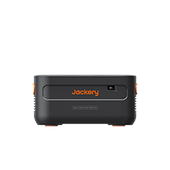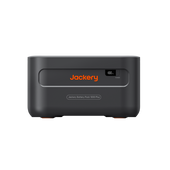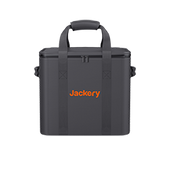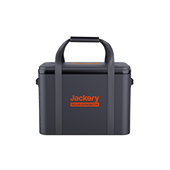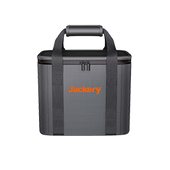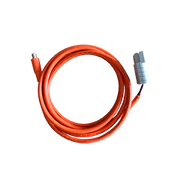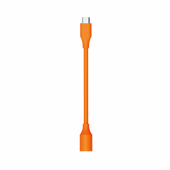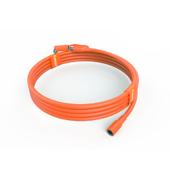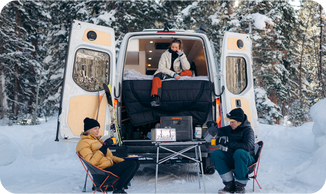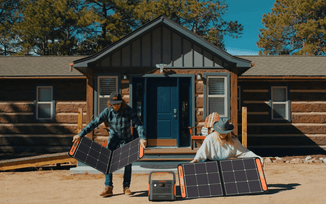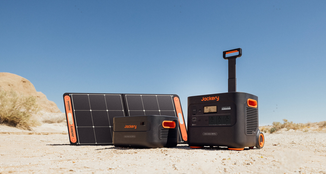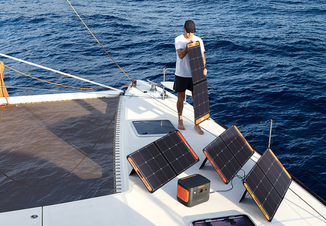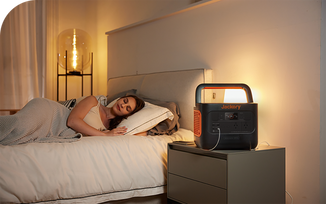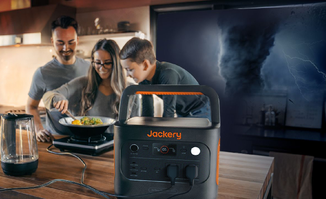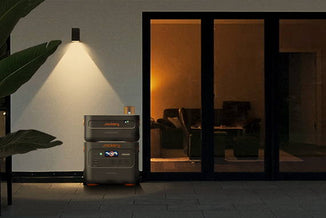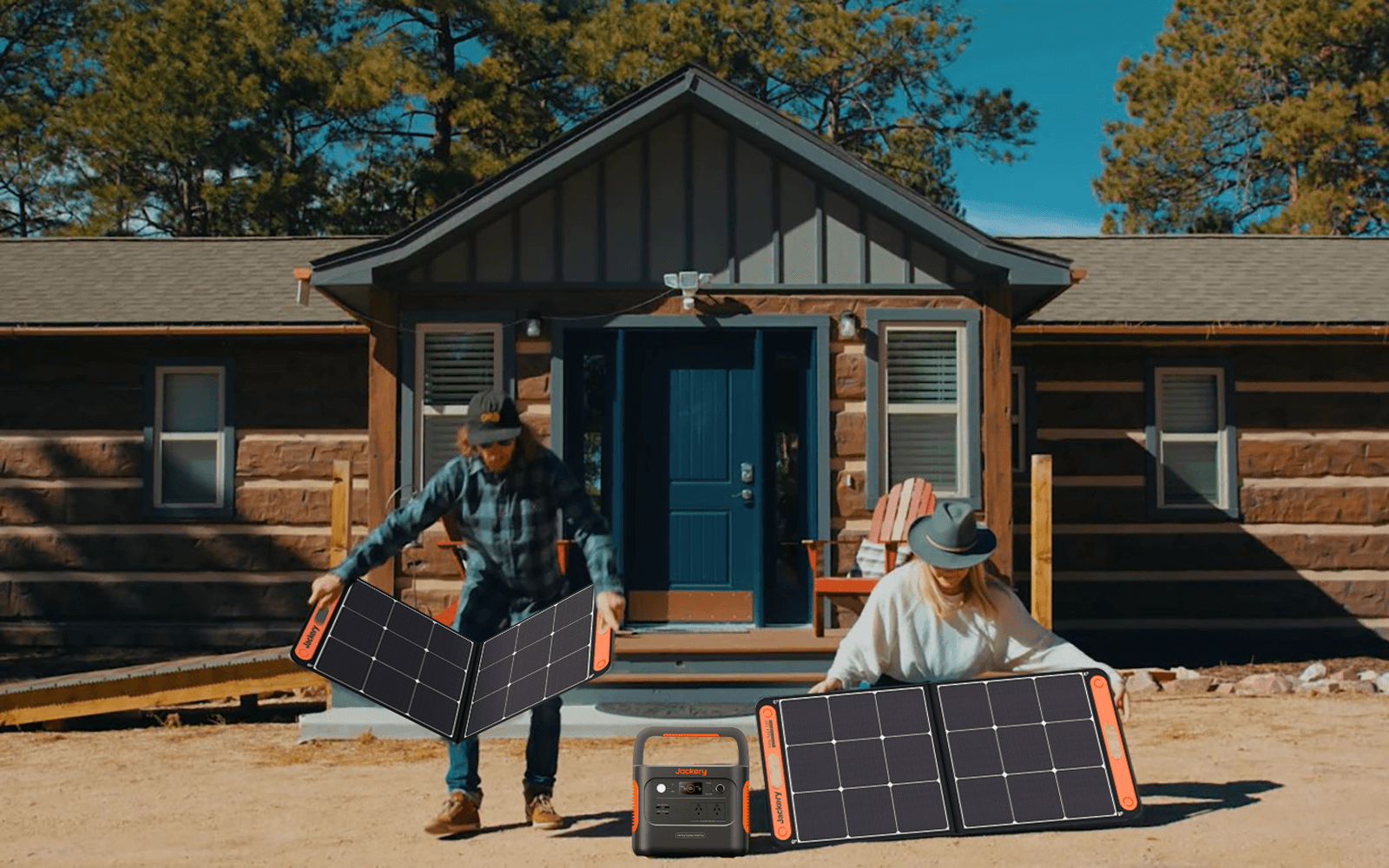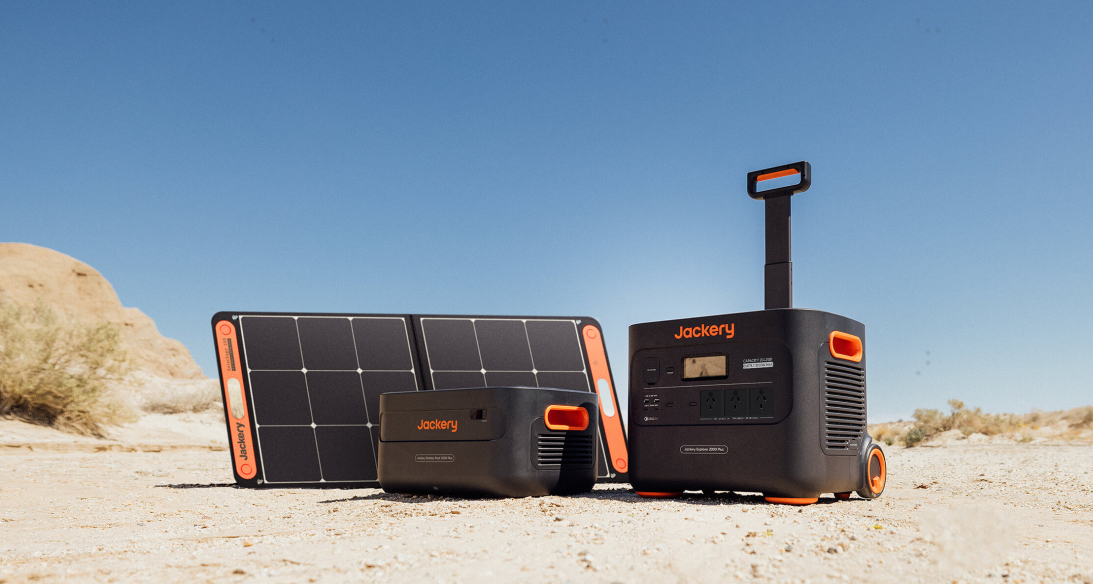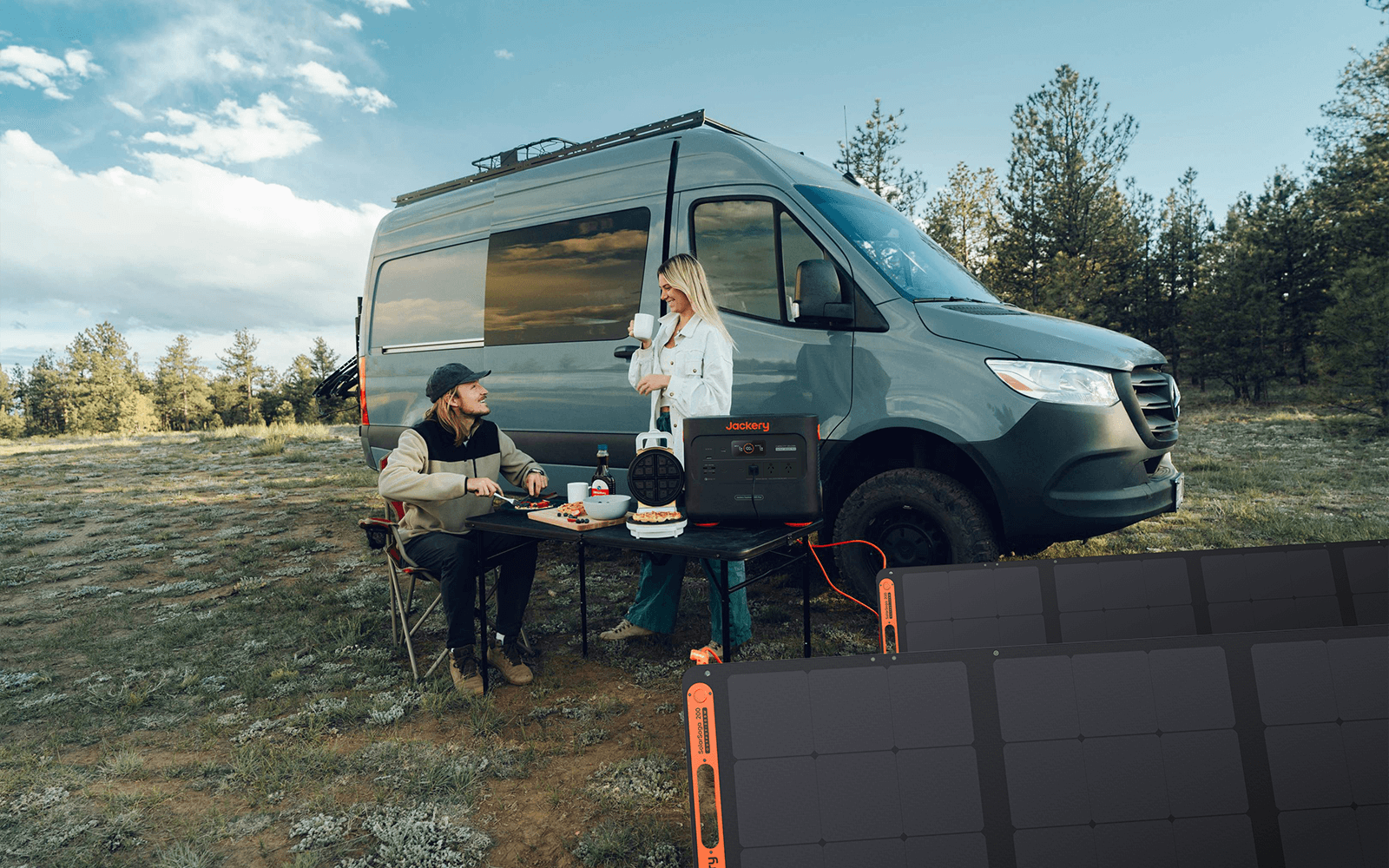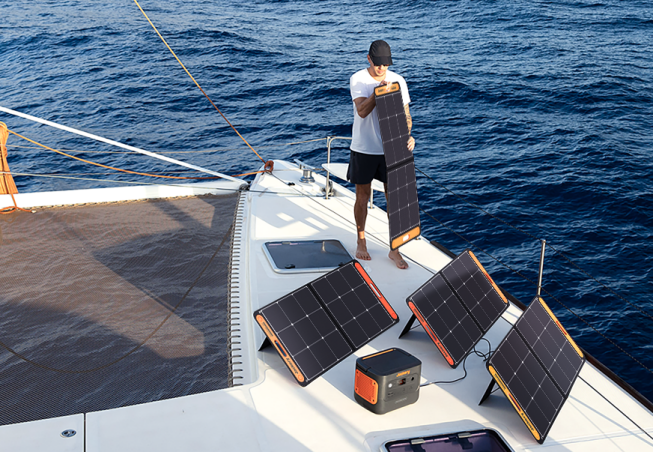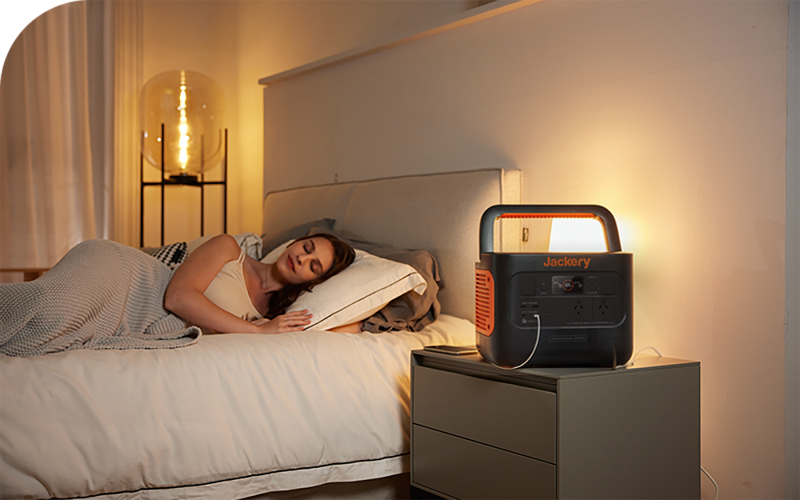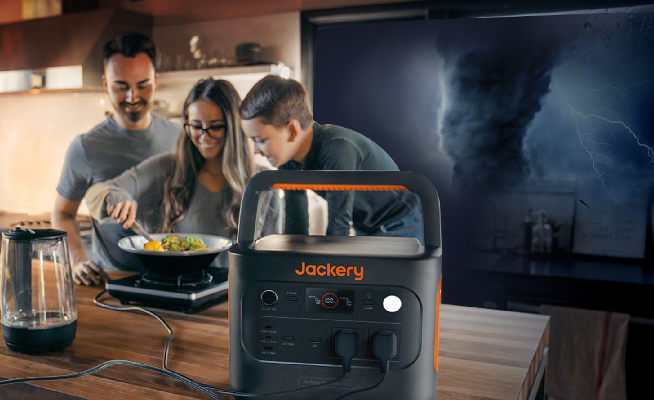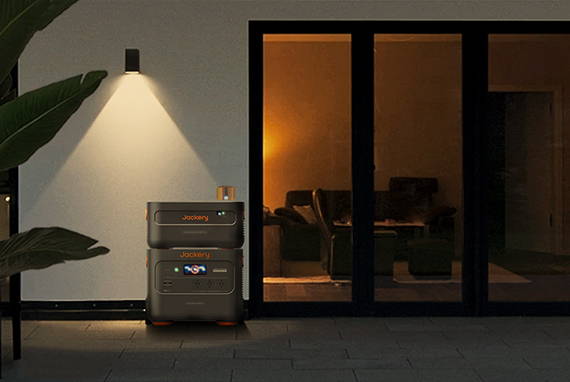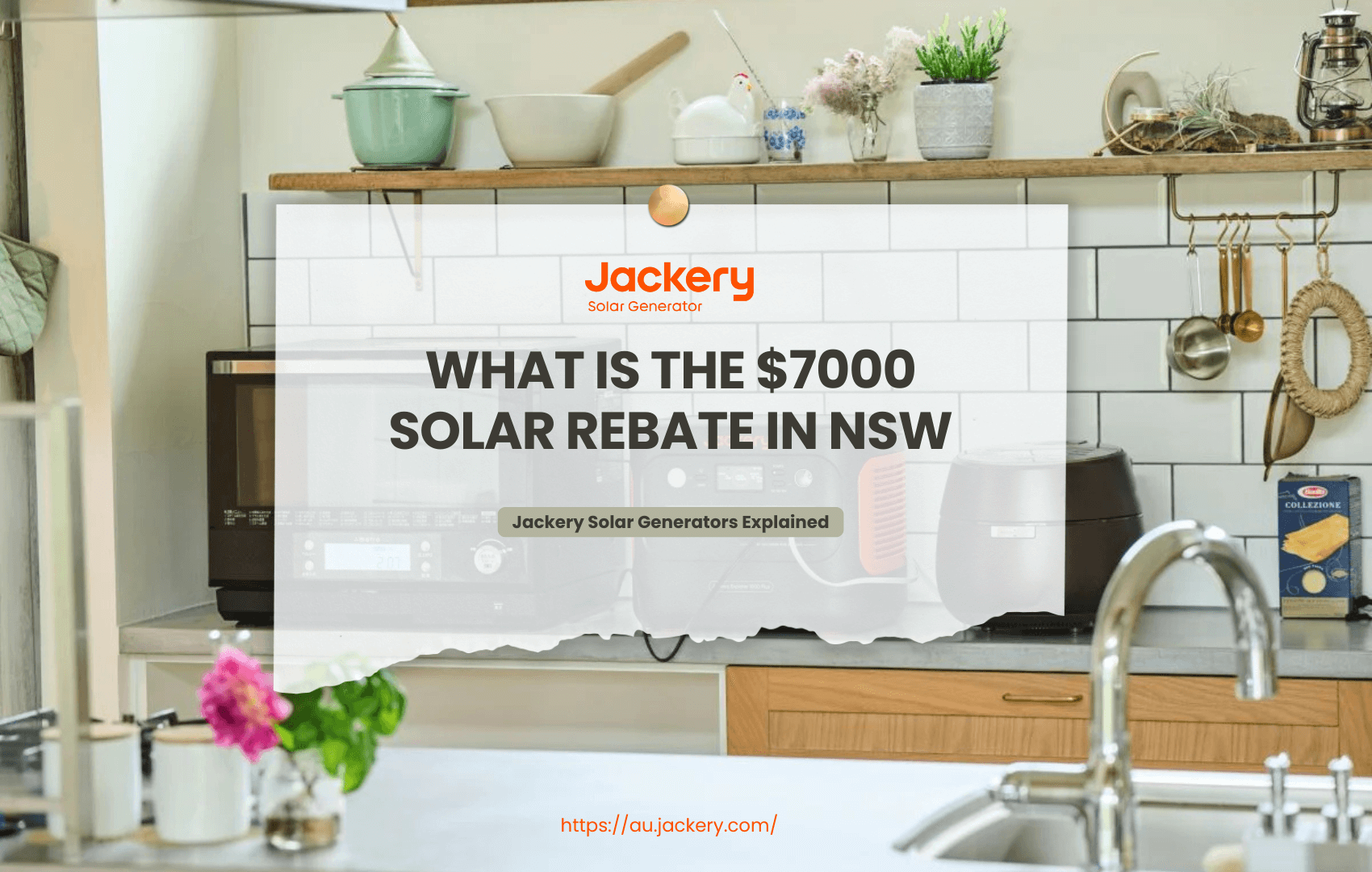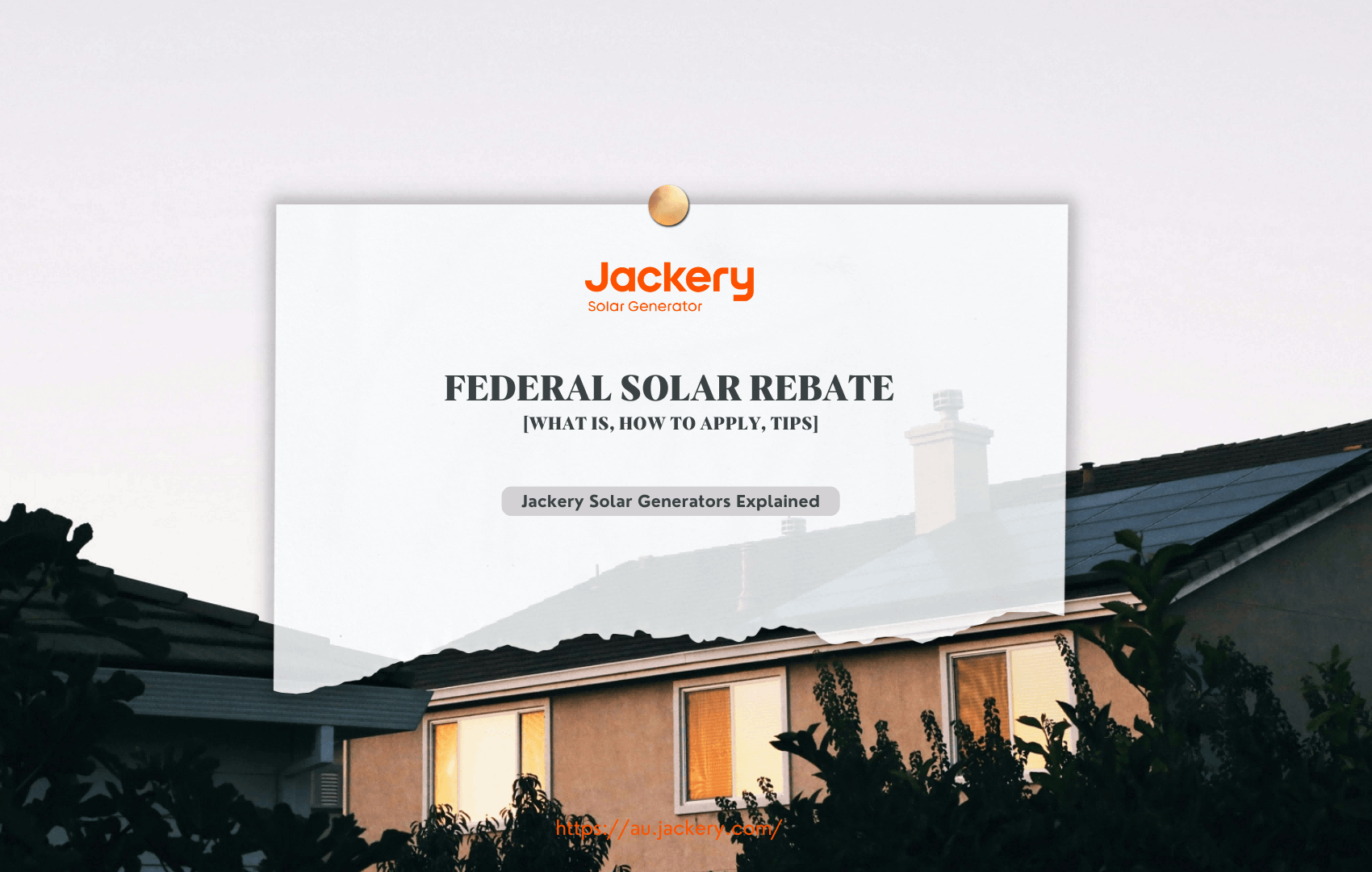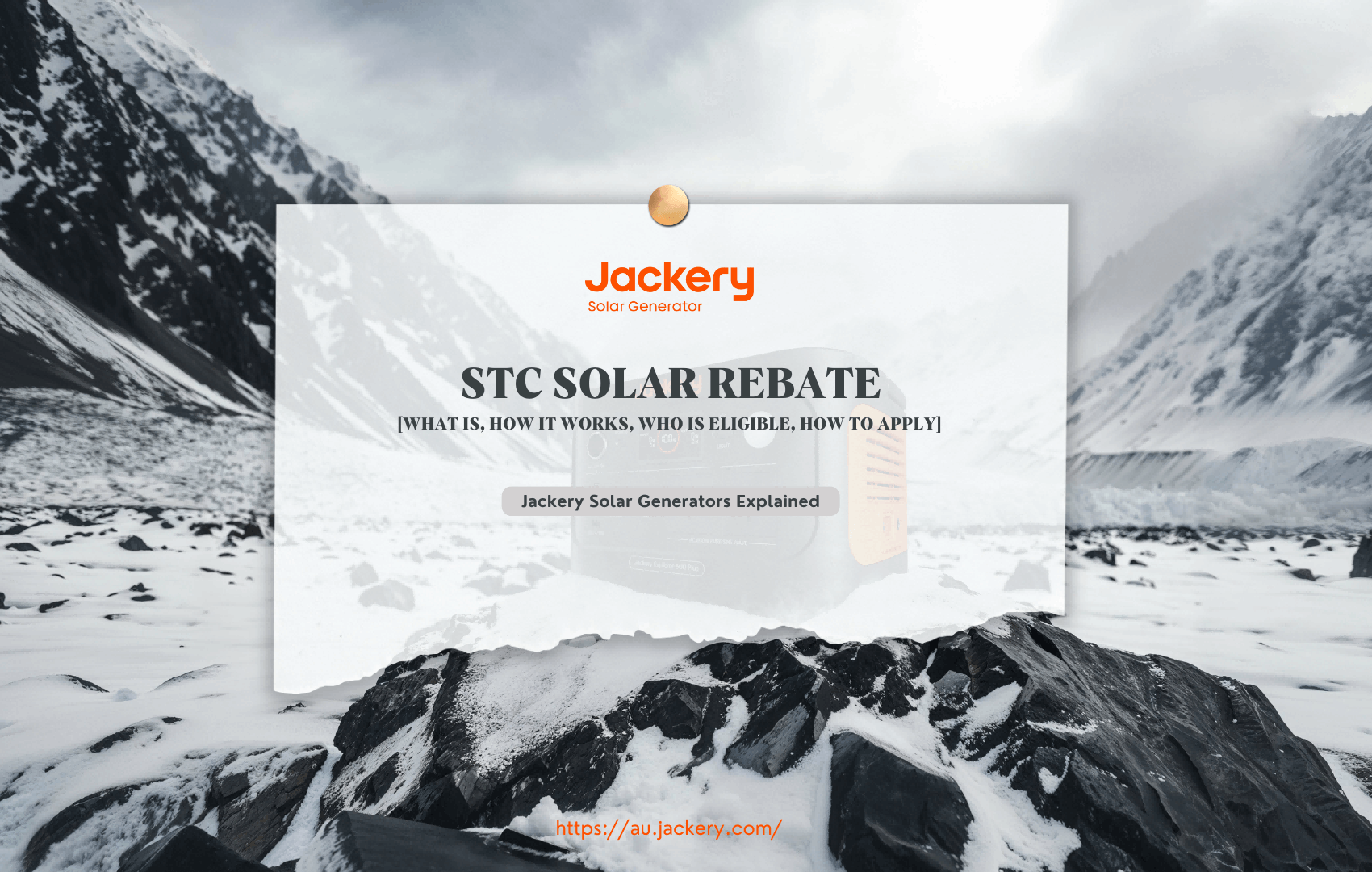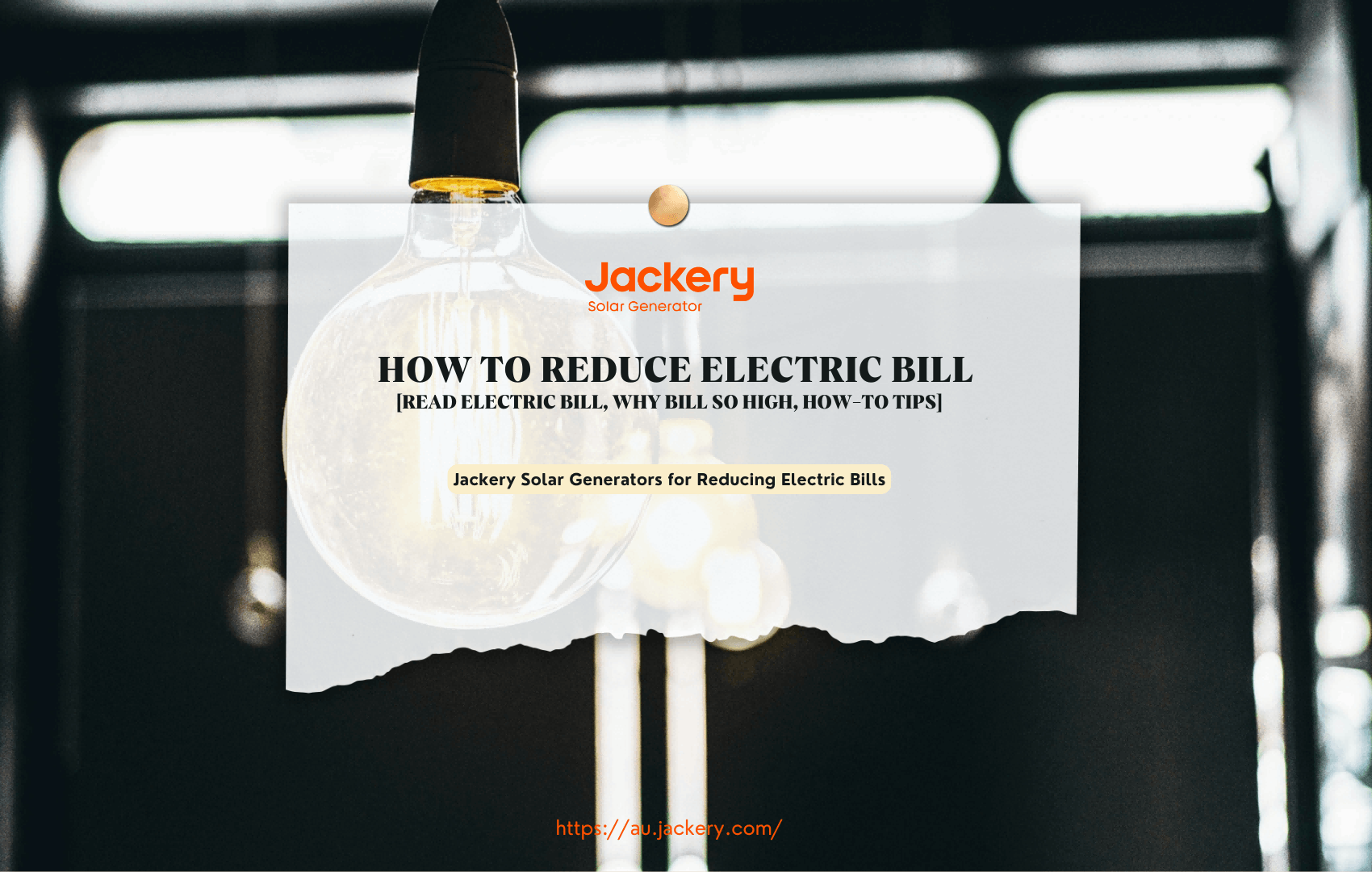|
Key Takeaways: |
|
• Most New South Welsh people choose to use solar rebates because they can offset part of the upfront installation cost of the solar system and the solar system payback period. • New South Wales implements three main solar incentives: STC, FiT, and Low Income Household Solar Rebate. • The Solar Rebate NSW program provides households up to $7,000 in solar rebates. • The application process for solar rebates in New South Wales is similar and relatively simple. • We recommend the Jackery Solar Generator 2000 Plus, and 1000 Plus to ensure a stable and continuous power supply indoors and outdoors. • The solar rebate measures in New South Wales change every year. |
Importance of Solar Rebates in NSW
Solar energy is often an attractive option for people in New South Wales. With high electricity costs, long daylight hours, and solar incentives in NSW, more people are using solar energy to offset some of their energy costs.
Since 2010, the price of solar systems (mainly solar panels and inverters) has dropped significantly. The cost of solar panels has fallen by more than 80%, and the price per kilowatt of solar systems has fallen by more than 50%. So, is it still necessary to use solar rebates?
To summarise, there are two main reasons why most New South Welsh people choose to use solar rebates.
• Solar rebates can offset some of the initial solar system cost.
• Solar rebates can speed up the payback period for a solar system for a home or business owner.
What Is the $7000 Solar Rebate in NSW?
The NSW government's solar rebates have been a significant talking point for homeowners and businesses. With the continuous increase in demands for clean and renewable energy, New South Wales launched the Solar Panel Rebate Program in July 2018 to reduce the cost of solar systems for homes.

Environment Australia and the New South Wales Government developed the Solar Rebate NSW program to encourage the use of renewable energy and encourage people to install solar panels.
The NSW Solar Rebate Program offers households up to $7,000 in solar rebates for installing solar systems. Anyone living or renting in NSW is eligible for the Solar Rebate Incentive Scheme. However, certain conditions must be met to receive the $7,000 solar refund. So, what exactly are the eligibility criteria for getting the $7,000 in solar rebates?
Place of Residence
The first eligibility criterion is that the applicant's residence must be within an authorised postcode in NSW. Authorised postcodes in NSW are selected based on their solar power generation potential.
Property Ownership
To qualify for the $7,000 solar rebates in NSW, applicants must own a property or have permission to build a home connected to the grid. However, please note that the property where the solar system is installed must comply with relevant building and planning regulations.
Income
Another vital eligibility requirement is the annual household income. The NSW Government has set a household income cap of $180,000 for the $7,000 solar rebates, which means that households with an income above this cap will not be eligible for the $7,000 solar rebates. The purpose of setting a household income cap is to ensure that the program benefits those who need it most.
Loan Requirements
The final eligibility criteria relate to loan requirements. To qualify for solar rebates, applicants must meet specified loan requirements, and the loan provider must also be an authorised solar retailer.
More Solar Rebates & Incentives in NSW
The NSW Government Solar Rebate is a financial incentive program that provides financial subsidies to homeowners and businesses in New South Wales for installing solar systems on their properties. There are currently three main solar incentives in NSW: the Small Scale Renewable Energy Scheme administered by the federal government, the Solar Rebate Exchange Scheme, and the Solar Feed-in Tariff.
Small Scale Technology Certificates (STC)
The solar rebates provided by the Australian federal government are issued as "Small Scale Technology Certificates" (STCs) and are intended to offset the upfront costs of installing a solar system. STCs are part of the federal government's Renewable Energy Target (RET) program and are a government incentive.
The number of STCs a solar customer receives depends on the size and location of the system installed. The larger the solar system, the more STCs it will receive. One STC is generated for every megawatt-hour of capacity produced by the system.
So, the sunnier the area, the more STCs it will receive. Australia is split into four STC zones, with Zone 1 receiving the most STCs and Zone 4 receiving the least. Most of New South Wales is in Zone 3.
If you live in Sydney, Newcastle, Wollongong, Port Macquarie, Coffs Harbour By, Ron Bay or the surrounding areas, the STCs you can get are shown below:

(Data Source: solarmarket)
How does STC work?
Electricity retailers must purchase a certain number of STCs each year, depending on their electricity sales level. The higher the electricity retailers' sales are, the more STCs they will buy. The electricity retailer then creates these STCs and assigns them to the solar panel system owners. Finally, the solar panel system owner can sell them to the electricity retailer to offset the initial costs of installing his solar system.
Who is eligible for an STC?
To get an STC, you must meet the following qualifications:
• Be a residential or small business customer located in New South Wales.
• Be connected to the grid through a registered electricity retailer.
• Use parts approved by the Clean Energy Council (CEC).
• Install new solar panels within 12 months of the creation of the STC.
• Choose a CEC-approved installer to perform the installation.
Feed-in Tariff (FiT)
The solar FiT is another incentive you will enjoy as a NSW resident. But what is FiT? Solar FiT is the amount the electricity retailer pays you for each kilowatt hour (kWh) of solar electricity you feed into the grid.
In New South Wales, FiT is set by electricity retailers. Unlike other states in Australia, the NSW government does not set a minimum rate, which means retailers can offer competitive FiT rates.
The current NSW Solar FiT rate is shown below (for a closer look, check the retailer's website for specific terms and conditions):
|
Solar Providers |
Min FiT |
Max FiT |
|
1st Energy |
6.0c |
6.0c |
|
ActewAGL |
6.0c |
15.0c |
|
AGL |
5.0c |
15.0c |
|
CovaU Energy |
0.0c |
5.5c |
|
Dodo |
6.2c |
6.2c |
|
Energy Australia |
7.6c |
7.6c |
|
Energy Locals |
0.0c |
5.0c |
|
Gee Energy |
0.0c |
14.0c |
|
Nectr |
0.0c |
4.4c |
|
Origin Energy |
7.0c |
20.0c |
|
OVO Energy |
0.0c |
8.0c |
|
Red Energy |
6.0c |
12.0c |
(Data Source: solar market)
How is the FiT calculated?
In NSW, the amount of the FiT paid to customers is calculated using a simple formula that considers the electricity exported to the grid by the solar system and the current market FiT rate.
The FiT is calculated as follows:
FiT = Total amount of electricity exported to the grid (kWh) x FiT rate (cents per kWh)
Who is eligible for the FiT?
To qualify for the FiT, you must meet the following qualifications:
• You must have a solar system installed at home
• You must connect your solar system to the grid
• Some electricity suppliers have specific conditions, such as purchasing solar panels from them.
In addition to understanding eligibility for the FiT, there are some essential things to note:
• Only one solar system per household can qualify for the FiT.
• Not all electricity suppliers offer a FiT.
• Your FiT will be paid as a credit on your electricity bill.
Low-Income Home Solar Offer
The NSW Government is currently offering low-income households a free 3kW solar system. While this is a relatively small solar system, the Australian Government says it could save households $600 a year, more than double the Low Income Home Grant ($285 a year).
Please note: this offer is only available in some areas, including the Central Coast, North Coast and Sydney (South).
Who is eligible for the Low Income Home Solar Offer?
You must be a current Low Income Home Grant recipient, and you must also:
• Own a property
• Not have installed a solar PV system
• Have a pensioner concession or gold card from the Department of Veterans Affairs.
• Have waived the Low Income Home Grant for ten years.
How Do I Apply for the NSW Solar Rebate?
STC is one of the leading solar rebate incentives in New South Wales. In addition, New South Wales has additional incentives, such as feed-in tariffs and solar discounts for low-income households, to assist in achieving renewable energy targets.
Solar retailers in New South Wales can complete the application process for the above-mentioned solar rebates, which is relatively similar and straightforward.
Step 1: To obtain solar rebates from the New South Wales government, applicants must first check whether they meet the state government's qualifications and standards.
Step 2: If the applicant is eligible, please choose a solar retailer approved by the New South Wales Clean Energy Council (CEC).
Step 3: The solar retailer quotes a solar system that meets the requirements of the solar rebates.
Step 4: If the applicant is satisfied with the quote, they can sign a contract with the solar retailer to install the solar system.
Step 5: This step does not require the applicant to do anything. The solar retailer will apply for solar rebates for the applicant through the New South Wales government's online website.
Step 6: Once the application for solar rebates is approved, the solar retailer will deduct the corresponding amount from the total cost of the solar system as an offset.
Step 7: The applicant must pay the solar retailer the remaining solar system cost.
Step 8: After the successful payment, the solar retailer will install the solar system and provide the applicant with all necessary documents and after-sales services.
Jackery Solar Generators Explained
The $7,000 solar refund is available to New South Wales (NSW) residents, increasing the affordability and accessibility of renewable energy. This project is revolutionary for homeowners wishing to invest in sustainable electricity solutions.

With Jackery's cutting-edge solar generators, you can optimise the rebate's advantages and enhance your home's solar setup. Jackery products are dependable and portable, ideal for outdoor use or as a home's backup energy source.
Jackery Solar Generators combines Jackery Solar Panels with a Portable Power Station, which collects and stores energy from the sun. It works cleanly and doesn't harm the earth because it doesn't give off any harmful gases. Jackery Solar Generators turn sunlight into electricity quickly and effectively. They are a safe way to get power for camping, RVing, living off the grid, and home backup.
Jackery Solar Generator 2000 Plus
The Jackery Solar Generator 2000 Plus is a leader (2 to 12 kWh capacity) in portable power solutions because it blends state-of-the-art technology with intuitive functionality. With its built-in Jackery App, you can remotely operate and monitor your power plant while receiving real-time reports on battery health, energy use, and personalised settings. This cutting-edge solution ensures you're always ready and in control by putting full energy management at your fingertips.
The Explorer 2000 Plus has ports to accommodate all your charging requirements, including a 12V carport, two 100W USB-C outputs, and three 3000W AC outlets. This power station efficiently manages everything, whether you're recharging numerous devices at once, powering tools, or charging large appliances. Its pure sine wave technology protects your electronics from harm and ensures safe and steady energy transmission.
The Explorer 2000 Plus is designed to function in any setting and uses six SolarSaga 100W panels to recharge fully in six hours. This makes it an environmentally friendly option for people who want to enjoy off-grid energy independence and lessen their carbon impact. The Solar Generator 2000 Plus's remarkable power, adaptability, and technical innovation make it ideal for professionals, homeowners, and outdoor lovers.

Expandable capacity of up to 12kWh for a week of off-grid living. Supports up to 5 add-on battery packs (sold separately).
LiFePO4 battery with a 10-year lifespan.
High FCC/CE and UL certifications, innovative ChargeShield Technology with 62 forms of protection.
Whisper-quiet operation, emission-free, and rapid solar charging via IBC panels.
Jackery Solar Generator 1000 Plus
Start your next outdoor adventure with the Jackery Solar Generator 1000 Plus, your go-to energy source. It is essential for weekend getaways and off-road excursions because of its 2000W output and 1264Wh capacity, guaranteeing that you can power everything from tiny appliances to camping equipment. It offers unparalleled performance whether charging gadgets, powering lights, or becoming ready for emergencies. It can be expanded up to 5kWh.
This portable station is robust and lightweight. It can be fully charged in 1.7 hours using an AC adapter or 4.5 hours using solar panels. The state-of-the-art Advanced IBC Technology guarantees maximum solar efficiency, and the whisper-quiet, emission-free operation guarantees a tranquil outdoor experience.
Durability meets convenience with its long-lasting LiFePO4 battery and intuitive Jackery App, offering real-time control and monitoring. Compact and eco-conscious, the Explorer 1000 Plus elevates sustainable energy solutions for your outdoor lifestyle.

With a capacity of 1264Wh and a 2000W output, the 1000 Plus supports 99% of devices.
Supports up to 3 add-on battery packs (sold separately), expanding to 5kWh and ensuring 1-3 days of home backup power.
1.7 H Wall Charge (0-100%)
LiFePO4 battery cells, lasting up to 10 years - providing 4,000 charge cycles.
How Will The Solar Rebate Change?
To answer whether the NSW government's solar tariffs will change in the future, it is first necessary to understand how the rebate amount is currently determined. The amount of solar rebates is calculated based on several factors, including the property's location, the solar system's size, and the installation date. As a result, NSW's solar rebate measures change every year.
However, any changes to the NSW Government's solar rebate amount will likely be based on careful data analysis and review and will be communicated to the public in advance. The relevant solar rebate program has been very effective in encouraging solar installations in NSW, and the government is likely to continue supporting and vigorously promoting the transition to renewable energy in the future. Therefore, although the number of solar discounts may change, they will likely be applied responsibly and progressively.
For example, the STC program will be phased out in 2031. On January 1 each year, solar rebates are reduced, and this change is part of a phase-out plan that aims to reduce the refund to 0 by 2031. The upfront cost of a solar system will increase by 4-5% each year. If you qualify for 124 STCs in 2022, you will only be able to receive 110 STCs in 2023, so you will have 14 fewer solar panel certificates.
Are Solar Rebates of NSW Worth It?
Solar rebates in NSW are a valuable financial incentive designed to increase the use of renewable energy and reduce the state's carbon emissions. With solar rebates in NSW, more people are encouraged to go solar, contributing to a more sustainable future for New South Wales.
Potential Savings and Benefits
Solar rebates in New South Wales can save homeowners and small businesses a lot of money. By reducing the initial costs of installing a solar system, solar rebates make solar systems affordable for more people.
One of the significant benefits of solar rebates in NSW is that they are available to homeowners and businesses, allowing more people to switch to clean energy. If your solar system produces more electricity than is needed, you can sell the electricity back to the grid and make a profit. So not only can you save money on your electricity bills, but you can also earn more money every month.
Get Rid of Dependence on the Grid and Electricity Suppliers
With the policy support of generous solar rebates, the price of solar systems has fallen, and competitive feed-in tariffs can cope with the increase in electricity prices. In addition, the continuous improvement of storage system technology for solar systems may mean that New South Welsh people can eliminate their dependence on the grid and electricity suppliers within a few decades.
Achieving the Goal of Net Zero Emissions
The New South Wales Government has announced a strategy to attain net zero emissions by 2050 and set a target, a critical first step in Its response to climate change.
The $7000 Solar Rebate NSW FAQs
The following are the frequently asked questions about the $7000 solar rebate NSW.
1. Can I apply for a solar rebate more than once in NSW?
In NSW, you can only apply for and use a solar rebate once in your lifetime.
If you are replacing an older solar system at your home, you may need to apply for a second solar rebate.
2. Can renters apply for solar rebates in NSW?
Solar rebates in NSW are only available to homeowners in NSW. You cannot apply for solar rebates in NSW if you are a renter. The Australian government set a target of net zero emissions by 2050. So, other incentives offered by the NSW government will allow renters to save on solar installation and purchase costs. For example, the National Energy Bill Relief provides renters a one-off $500 electricity bill relief.
3. Is it worth installing a solar system in NSW?
The solar rebates in NSW and other incentives make installing a solar system beautiful to many homeowners. In addition, the cost of installing a solar system has dropped significantly in recent years, making it more affordable than ever before. A solar system can also help you reduce your reliance on the grid, thus maximising your savings. Therefore, installing a solar system in NSW is a worthwhile investment.
4. How long do the current solar rebates in NSW last?
How long the current solar rebates will last is still being determined, as it depends mainly on the government's policies and fiscal budget. However, based on previous policy plans in NSW, it is safe to assume that the current solar rebates will be valid for a certain period or until the budget allocated for solar rebates is exhausted. Regularly check the official government website or social media platforms for changes or updates.
Final Thoughts
If you are in New South Wales and are considering installing a solar system in your home or business, understanding the New South Wales solar rebates will help you make an informed decision and determine if solar is the right solution for your home or business. If you have decided to go to the sun, it is time to act. Take advantage of exciting solar discounts - start your solar journey today.

